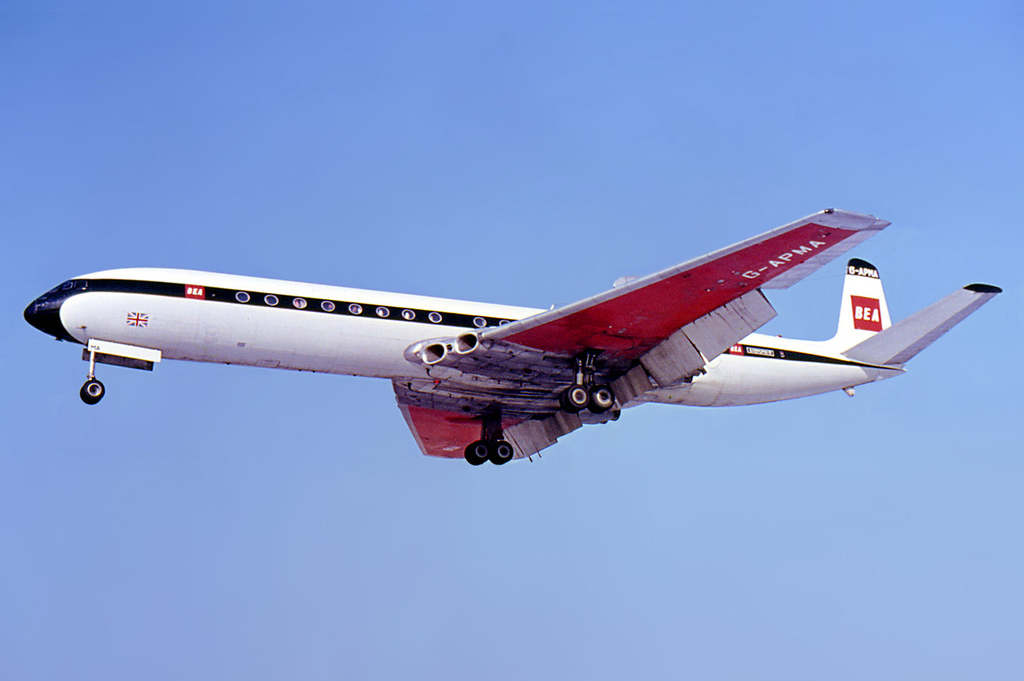
Chinook forever alive?

Plans by Boeing and the US Department of Defense a few years ago called for the CH-47F Block II to become the backbone of the US Army transport fleet until at least the middle of this century.
On March 28, the first heavy transport helicopter Boeing CH-47F Chinook Block II took off from the company's airport in Philadelphia on its first flight, which is to become the workhorse of the US Army and allies until at least the 60s of the XNUMXth century. . Unless, of course, the program of its development and mass production is not hampered and limited by the decisions of politicians, which has often happened in American reality recently.
After a series of preliminary tests, the car should be delivered to the factory test site in Mesa, Arizona, where the research and development process will continue, including with the participation of representatives of the Department of Defense. In the coming months, three more experimental helicopters will be added to the tests, including one in the standard for supporting special forces.
MN-47G. According to current plans, the first Block II production rotorcraft should enter service in 2023 and be a special version of the MH-47G. It is noteworthy that the first flight was made using classic rotor blades, and not advanced ACRBs. The latter, on which Boeing has been working for several years, are designed to increase the operational capabilities of the rotorcraft - only thanks to them, the carrying capacity in hot and high-altitude conditions should increase by 700÷900 kg.

One of the reasons for the commissioning of Block II was the impossibility of suspending the JLTV under the fuselage of the CH-47F Block I, for which HMMWV is the load limit.
The CH-47F Chinook helicopter construction program began in the 90s, the first prototype flew in 2001, and the delivery of production vehicles began in 2006.
ing has delivered more than 500 rotorcraft of this version to the US Army and the US Special Operations Command (some of them created by remanufacturing CH-47Ds and derivatives) and a growing group of export users. Currently, their group includes 12 countries from around the world, who ordered a total of about 160 copies (also in this case, some of them are being built by rebuilding the CH-47D - this is the path taken by the Spaniards and the Dutch). The chances of selling more are still high as Boeing conducts intense marketing activities related to the sale of helicopters to existing Chinook users, as well as in countries where the CH-47 has not previously been used. Israel and Germany are considered promising potential contractors (Chinooki are not used in these countries, and in both cases the CH-47F competes with the Sikorsky CH-53K King Stallion helicopter), Greece and Indonesia. Boeing currently estimates global demand for at least 150 Chinooks to be sold by 2022, but only contracts already in place keep the assembly line alive until the end of 2021. A multi-year contract signed between the Department of Defense and Boeing in July 2018 covers
a number of options for the export of CH-47F Block I helicopters through FMS, which can be produced by the end of 2022, but to date there are no buyers for them. This can be a problem for the manufacturer, as it could mean maintaining the assembly line until the Block II program is fully funded and a long-term contract to re-equip approximately 542 CH-47F / G belonging to the US military to this standard. These works will be carried out in 2023-2040, and potential export customers must be added to this number.
Why was Block II launched? This was the result of lessons learned from armed conflicts and humanitarian operations in which US forces have participated in this century. The statistics of the Ministry of Defense are inexorable - on average, every year the curb weight of helicopters of the CH-47 family is growing by about 45 kg. This, in turn, causes a reduction in the carrying capacity and, therefore, the ability to transport goods and people. In addition, the weight of equipment transported by soldiers through the air is also increasing. In addition, economic issues are important factors - increased operating costs and increased inspection and maintenance times, especially in long-term expeditionary activities (for example, in Afghanistan or Iraq). The analysis of all these issues prompted the Pentagon to authorize (and therefore primarily finance) work aimed at developing a new version of the workhorse of the US Army and an important vehicle for SOCOM, i.e. CH-47F Chinook Block II. The first funds were transferred in March 2013. Then Boeing received 17,9 million dollars. The main contract was signed on July 27, 2018 and amounts to USD 276,6 million. Last summer, US Special Operations Command also added another $29 million.
The slogans of the program are “Capacity and lower operating costs”. To this end, Boeing designers, in agreement with the Ministry of Defense, decided to carry out the next stage of equipment unification between the “basic” CH-47F and the “special” MH-47G, as well as use Canadian experience. First of all, we are talking about the need to increase the carrying capacity in hot and high-altitude conditions. Boeing says the new version will increase payload capacity by about 2000kg, far exceeding the Department of Defense's 900kg requirement, including 700kg in high altitude and hot conditions.
